Best Dry Bag For Backpacking Ultralight 2024
Last Updated: April 26, 2024
Lightweight & Ultralight Dry Bags For Backpacking Gear Storage
Storing moisture-sensitive gear in a dry bag for backpacking is a no-brainer. Doing so creates a redundant system with an extra layer of waterproof protection to ensure your sleeping bag, puffy jacket, and other essentials stay dry.
Yet many backpackers are using sub-optimal dry bags! They have models that are too heavy duty, too small, too large, overly-featured, or simply worn out and no longer waterproof. Based on decades of experience using dry bags for backpacking, we believe the best models are ultralight (0.5-2.0 oz) and made with Dyneema (DCF). While we don’t claim to have tested every dry bag out there, these are the ones we have had the most positive experiences with.
Jump ahead for backpacking dry bag buyer considerations and pro tips. And while you’re here, you may be interested in our guides to backpacking packs, fastpacks, daypacks, sleeping bags, quilts, down jackets, and waterproof wallets.
You make Adventure Alan & Co possible. When purchasing through links on our site, we may earn an affiliate commission at no additional cost to you. Here’s why you can trust us.
Quick Picks: Dry Bag For Backpacking
- Ultralight Roll-Top: Hyperlite Mountain Gear Roll Top Stuff Sacks
- Ultralight Roll-Top: Zpacks Dry Bags
- Value Ultralight Roll-Top: Sea to Summit Ultra-Sil Dry Bag
- Value Lightweight Roll-Top: Sea to Summit Lightweight Dry Bag
- Ultralight Drawstring: Hyperlite Mountain Gear Draw String Stuff Sacks
- Super Ultralight Drawstring: Zpacks Stuff Sack
- For Max Compression: Sea to Summit eVac Dry Bag
- Shaped Dry Bag: Hyperlite Mountain Gear Side Entry Pod
- Convertible Pillow Dry Bag: Hyperlite Mountain Gear Stuff Sack Pillow
- Convertible Pillow Dry Bag: Zpacks Medium Plus Pillow
Backpacking Dry Bag Comparison Table
Mobile users rotate device for full-width table
| Dry Bag | Vol (L) | Price ($) | Weight (oz) | Vol/Weigt (L/Oz) | Fabric |
| Zpacks Large Stuff Sack | 12.3 | 35 | 0.4 | 30.8 | DCF5 |
| HMG Roll-Top | 25.0 | 69 | 1.6 | 15.6 | DCF11 |
| HMG Drawstring | 13.0 | 55 | 0.9 | 14.4 | DCF11 |
| Zpacks Large Rectangle | 14.0 | 45 | 1.1 | 12.7 | DCF10 |
| Sea to Summit Ultra-Sil | 20.0 | 36 | 2.0 | 10 | 30d nylon |
| HMG Side Entry Pod | 15.0 | 69 | 1.6 | 9.4 | DCF11 |
| Sea To Summit Lightweight | 20.0 | 33 | 3.2 | 6.25 | 70d nylon |
| Sea to Summit eVac | 20.0 | 47 | 3.4 | 5.9 | 70d nylon |
| HMG Pillow | 9.0 | 59 | 1.7 | 5.3 | DCF8 |
| Zpacks Medium Plus Pillow | 8.2 | 55 | 1.7 | 4.8 | DCF10 |
While apples to apples size comparisons aren’t strictly possible, we attempted to normalize this comparison table by focusing on models in the 10-25L range for the primary use case of storing a sleep system plus camp clothes.
Hyperlite Mountain Gear Roll Top Stuff Sack
The HMG Roll-Top Stuff Sack in the 25L size capacity is our preferred workhorse dry bag for backpacking quilts and sleeping bag storage. The DCF11 construction is super durable and waterproof, and HMG has paid every attention to detail. The 25L volume is likely a bit overkill for summer, but only weighs .4 oz more than the 10L model, and easily flexes into the colder months without requiring you to buy a larger dry bag to store a 0 degree sleeping bag. If you’re going to splurge on a Dyneema dry bag, choose this one, at this size, because you can use it all year long for many years to come without ever over-compressing your down.
- Price Range: $49-79
- Weight Range: 0.8 – 2.0 oz
- Volume Range: 3L, 10L, 25L, 43L
- Recommended Size: 25L
- Material: Dyneema (DCF 11)
- Pros: Ultralight. Durable. Best-in-class materials. 25L size available. Waterproof.
- Cons: Most expensive
Zpacks Dry Bags
Zpacks also makes high-quality ultralight dry bags with Dyneema (shop now). Compared to HMG, they are bit less expensive, a bit lighter weight (due to slightly smaller buckling hardware), come in a wider array of sizes in the small-to-medium capacity, but max out at 14L.
- Price Range: $30-45
- Weight Range: 0.5 – 1.1 oz
- Volume Range: 2.2L, 4.0L, 5.6L, 5.7L, 8.2L, 10.7L, 14L,
- Recommended Size: 14L
- Material: Dyneema (DCF 10)
- Pros: Ultralight. Durable. Best-in-class materials. Waterproof.
- Cons: Expensive. Size run stops at 14L.
Sea to Summit Ultra-Sil Dry Bags
If you’re looking to go ultralight on a budget, choose the Sea to Summit Ultra-Sil dry bags (shop now). These 30d sil-nylon roll-tops come in a wide array sizes, and the 20L model weighs only two ounces. The material isn’t quite as durable as DCF, and kind of toes the line but between ultralight and lightweight. But a great value buy nonetheless.
- Price Range: $23 – $40
- Weight Range: 1.1 oz – 2.6 oz
- Volume Range: 3L, 5L, 8L, 13L, 20L, 35L
- Recommended Size: 20L
- Material: 30d Sil-nylon
- Pros: Ultralight. Good value. Waterproof.
- Cons: Less durable. Heavy end of ultralight spectrum.
Sea to Summit Lightweight Dry Bags
Value shoppers will likely compare the Sea to Summit Lightweight Dry Bags to the even lighter Ultra-Sil Dry bags (shop now). The “Lightweights” are about 50% heavier, but roughly twice as durable (70d vs 30d). The increased durability prolongs the lifespan. That, in conjunction with the slightly lower price makes them the ultimate value pick.
- Price Range: $18-35
- Weight Range: 2.2 – 4.1 oz
- Volume Range: 1.5L, 3L, 5L, 8L, 13L, 20L, 35L
- Material: 70d nylon
- Pros: Durable. Lightweight. Waterproof.
- Cons: Not ultralight.
Hyperlite Mountain Gear Drawstring Stuff Sack
For storing, organizing, and protecting accessories that you need to keep in exterior pack pockets, we recommend the HMG Drawstring Stuff Sacks. While not truly waterproof due to the drawstring closure, the DCF fabric is waterproof, and the system is protective enough in all but the wettest of conditions. The 4L is slightly larger than a one gallon Ziploc bag, and likely the most universal size. We recommend the DCF11 fabric because it’s more durable and longer lasting for only a small fraction of an ounce more weight.
- Price Range: $29-55
- Weight Range: 0.14 – 0.85 oz
- Volume Range: 0.3L, 2L, 3L, 4L, 9L, 13L
- Recommended Size: 4L
- Material: DCF8 or DCF11
- Pros: Ultralight. Durable. Easy access. Waterproof materials.
- Cons: Not fully waterproof because of opening.
Zpacks Stuff Sack
Zpacks Dyneema Stuff Sacks in DCF5 are a truly super ultralight dry bag for backpacking. The 12.3L “Large Stuff Sack” can fit your quilt and camp clothes and weighs only 0.4 oz. When paired with a DCF or Challenge Ultra backpack, the two layers of waterproof fabric provide sufficient protection for 99% of backpacking scenarios, even though neither is technically fully water tight. While most of Zpacks stuff sacks are made with DCF5, which is thin and less durable than our preferred DCF10+, some size capacity stuff sacks are available in heavier weight fabrics and we recommend taking advantage of that whenever its offered.
- Price Range: $19-35
- Weight Range: 0.15 – 0.4 oz
- Volume Range: 0.9L, 1.7L, 3L, 4L, 5.6L, 8.5L, 10.7L, 12.3L
- Recommended Size: 4L
- Material: DCF5, DCF7, DCF8
- Pros: Super ultralight. Easy access. Waterproof materials.
- Cons: Not fully waterproof because of opening.
Sea to Summit eVac Dry Bag
The Sea to Summit eVac series is a unique design which uses a waterproof breathable eVent base fabric panel, more frequently found in wearable rain gear (shop now). This allows you to expel air from the bag while it’s closed, offering maximum compression of voluminous down items. With other bags, this would cause them to pop. But the eVac bags will shrink down. These bags are ideal when volume is at a premium in your pack, such as for winter gear. However, we implore you to use with caution. Repeated over-compressions will permanently damage the plumes and degrade their ability to loft.
- Price: $27-50
- Weight Range: 1.5-4.0 oz
- Volume Range: 1.5L, 3L, 5L, 8L, 13L, 20L, 35L
- Recommended Size: 20L
- Material: 70d nylon, eVent membrane
- Pros: Offers max volume savings. Lightweight.
- Cons: Can lead to over-compression damage.
Hyperlite Mountain Gear Side Entry Pod
Another way to maximize volume savings in your pack is with the Hyperlite Mountain Gear Side Entry Pods. The mixture of 90 degree and rounded corners are designed to contour the interior of a pack without leaving pockets of empty space. While every little bit helps, don’t expect revolutionary results – it’s just not all that different from a traditional dry bag shape. HMG Pods are also available in a zippered model, but we prefer the roll top which is longer lasting and more waterproof.
- Price Range: $59-69
- Weight Range: 1.5 – 1.6 oz
- Volume Range: 8L, 10L, 12L, 15L
- Recommended Size: 15L
- Fabric: DCF11
- Pros: Ultralight. Waterproof. Durable. Best-in-class materials. Contours inside of pack to prevent wasted volume.
- Cons: Most expensive. Volume savings are marginal.
Hyperlite Mountain Gear Stuff Sack Pillow
The HMG Stuff Sack Pillow is a killer two-for-one opportunity. Rather than carrying a two ounce inflatable pillow and a two ounce dry bag, why not combine them? This rectangular, zippered stuff sack is great for storing a puffy jacket during the day before transitioning into a pillow at night. Flip it inside out and you have a comfy fleece liner to rest your head on.
- Price: $59
- Weight: 1.7 oz
- Volume: ~9L
- Material: DCF8, Polartec 100-weight fleece lining
- Pros: Multi-use item. Comfortable. Waterproof materials. Best-in-class materials.
- Cons: Cannot be used as a pillow when it’s so cold that you must sleep in all of your extra clothes. Potential zipper failure. Not fully waterproof.
Zpacks Medium-Plus Pillow
The Zpacks Medium-Plus Pillow, like the HMG alternative, is a perfect way to combine two pieces of gear into one. It is also a rectangle shaped Dyneema stuff sack with a zippered opening and fleece lined interior. The main difference is the zipper placement, and on this model, it rests on a short edge, rather than dividing a main panel.
- Price: $55
- Weight: 1.7 oz
- Volume: 8.2L
- Material: DCF10
- Pros: Multi-use item. Comfortable. Waterproof materials. Best-in-class materials.
- Cons: Cannot be used as a pillow when it’s so cold that you must wear every clothing item to bed. Potential zipper failure. Not fully waterproof.
Backpacking Dry Bag Buyer Considerations
Best Dry Bag Sizes
When shopping for a dry bag for backpacking, the first thing you should decide on is which size you need. While that number is largely dependent on the context of what you intend to store, we give the following generalizations.
- Best Dry Bag Size For Sleep System and Camp Clothes: 15-25 L
- Best Dry Bag Size for puffy jacket, fleece, warm clothes: 10L
- Best Dry Bag Size for large accessories: 4L
- Best Dry Bag Size for small accessories: 2L
Roll Top vs Drawstring vs Zipper Closure Systems
Once you have identified which size you need, you will next need to decide on a closure system. Usually, this comes down to roll top vs draw string vs zipper.
- Roll Top Pros: Most waterproof. Most durable.
- Roll Top Cons: Slowest open/close time.
- Drawstring Pros: Lightest weight. Least expensive.
- Drawstring Cons: Less waterproof. Less durable. Drawstring track eventually frays or gets damaged.
- Zipper Pros: Fastest open/close.
- Zipper Cons: Less waterproof. Most prone to breaking. Heaviest.
Best Dry Bag Material
Once you have identified your size and desired closure system, the last step is choosing a material. This usually means choosing between Dyneema vs sil-nylon. But air permeable solutions using membranes like eVent are also available.
- Dyneema Pros: Lightest weight. Most durable. Most waterproof. Easily best overall.
- Dyneema Cons: Most expensive. Bulkiest.
- Sil-Nylon Pros: Most economical.
- Sil-Nylon Cons: Less durable. Less waterproof. Heavier than Dyneema.
- eVent (or similar) Pros: Allows maximum compression.
- eVent (or similar) Cons: Least durable. Least waterproof. Heaviest. Can lead to over-compression.
Example System Using Assorted HMG Dyneema Dry Bags
Dry Bag 1
- Model: HMG Roll-Top
- Volume: 25L
- Weight: 1.6 oz
- Placement: Bottom and/or center of pack
- Contents: Quilt, camp-clothes, booties, power bank, etc
- Reasoning: This is a beastly, durable, truly high quality ultralight dry bag for backpacking, and it will be the driest space in your pack. Since you’re already splurging, we recommend the 25L size because it’s more versatile. It’s only a fraction of an ounce heavier than the 10L size, but it will hold your entire camp sleep system without over-compressing, it’s big enough for winter gear, can fit a 2P quilt, and can be rolled down for lower volume summer-weight quilts and puffy jackets.
Dry Bag 2
- Model: HMG Stuff Sack Pillow
- Volume: 9L
- Weight: 1.7 oz
- Placement: Interior top
- Example Contents: Puffy jacket and/or fleece, hat, gloves
- Reasoning: If you’re bringing a pillow, it’s nice if it can serve an additional purpose while not being slept on. Many people prefer this type of pillow to inflatables.
Dry Bag 3
- Model: HMG Drawstring Stuff Sack, DCF 11
- Volume: 4L
- Weight: .53
- Placement: Interior top
- Example Contents: The rest of today’s food, minus what’s in hip belt pockets
- Reasoning: On longer multi-day trips, we recommend decanting a day’s worth of food into one bag. This means you don’t have to go dredging into the master food bag to reload your hip belt pockets or dig to find lunch items on a break.
Dry Bag 4
- Model: HMG Drawstring Stuff Sack, DCF 11
- Volume: 2L
- Weight: .35 oz
- Placement: Exterior Pocket
- Example Contents: Scented non-edibles such as food prep knife, toothbrush, tooth paste, extra sunscreen, picaridin, lip balm, skin salve, Pepto Bismol, electrolytes, hand-sanitizer, etc
- Reasoning: Keep your smellies separate for ease of bear bag sorting at the end of the day. Scented-item-separation also reduces the amount of incidental smell that unscented items might pick up from being stored in the same bag as scented ones.
Dry Bag 5
- Model: HMG Drawstring Stuff Sack, DCF 11
- Volume: 4L
- Weight: .53 oz
- Placement: Exterior Pocket
- Example Contents: Unscented handy accessories such as alt socks, gloves, leukotape, compass, bug head net, head lamp, water purification, lighter, etc
- Reasoning: This is where to keep all of the accessories you may need throughout the day and protects against light-to-moderate rain in exterior placements.
Dry Bag 6
- Model: HMG Drawstring Stuff Sack, DCF 11
- Volume: 3L
- Weight: .46
- Placement: Exterior Pocket
- Contents: Toilet kit (toilet paper in a ziploc, trowel, hand sanitizer, disposable Ziploc to pack out used TP)
- Reasoning: Keep your TP dry and all of the accessories on hand in one place, ready at a moment’s notice. The opaque outer bag also masks the grossness of a used-toilet-paper bag if you are packing it out – which you should!
Total System Weight: 5.2 oz
Common mistakes when purchasing a dry bag for backpacking
Too Heavy Duty
It’s not foolish to assume you would want the most waterproof-possible dry bag. You’ve got to keep your gear dry, right? However, this could lead you to choosing a dry bag designed for rafting, submersion, or other use cases that would be considered overkill for backpacking. A river-grade dry bag is constructed with much heavier duty materials, and might weigh 5-10x as much as a dry bag for backpacking, without any added benefit. A packrafting dry bag should be heavy duty like this. But an all-purpose dry bag for backpacking should never weigh more than four ounces, and you should strive for less than two ounces.
Too Small
Another common mistake people make when purchasing a backpacking dry bag is choosing one that is too small. While it’s tempting to size down to minimize volume in your pack, we recommend avoiding this. A bit of extra volume does not reduce your hiking performance, is easier to re-pack, and most importantly prevents you from over-compressing down. Repeatedly over-compressing down will damages the plumes and reduce their ability to loft. This is the most common reason for why older sleeping bags and quilts feel less warm than they used to when they were brand new. If you are storing a sleeping bag or quilt, never choose a dry bag less than 10L. 10-25L is the sweet spot for this use case.
Compression Straps
Avoid choosing a dry bag with compression straps. These models often weigh 3-4x as much as a minimalist roll top, and almost always lead to down damage via over-compression. Not only do they extra weight, they also add extra cost, and failure points. Lastly, they create lumpy, dense, spherical ball-shaped objects that fit poorly into packs and create empty space pockets in their vicinity, wasting the very volume savings that you worked so hard to achieve.
Conclusion to the Best Dry Bag For Backpacking
Thanks for reading our guide to the best dry bag for backpacking where we hope you found the perfect storage solution for your backcountry needs. We highly recommend integrating dry bags into your kit for waterproof protection and organization. While there are many more dry bags available on the market, these are the models that have worked best for us over the years, and we’re confident that they’ll work for you too. Happy hiking!

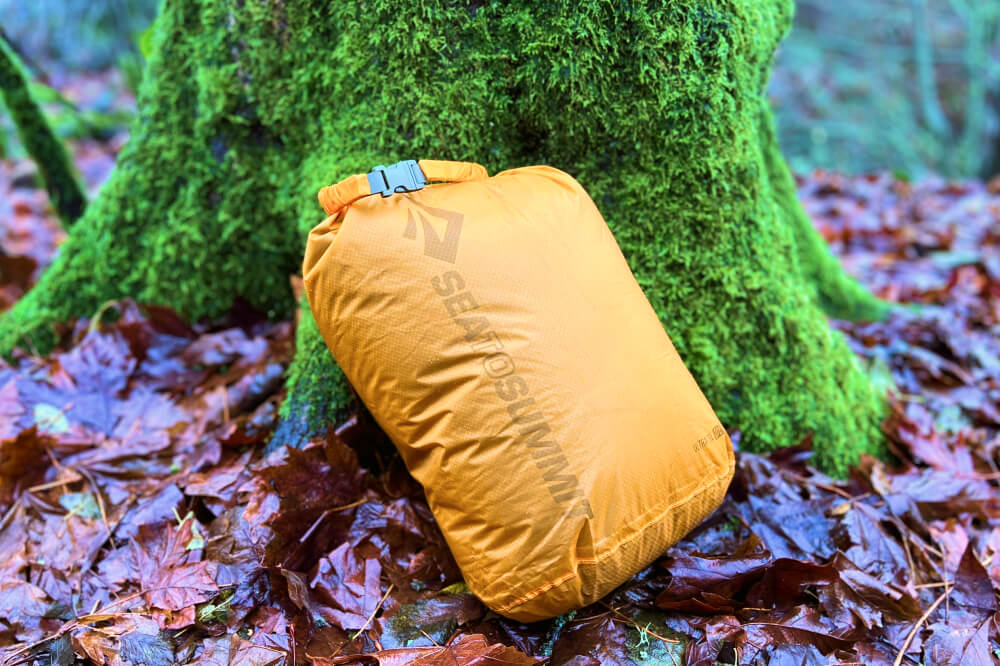
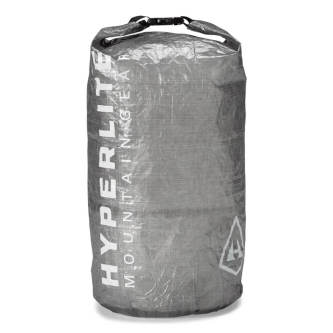
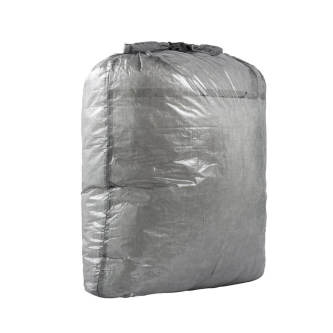
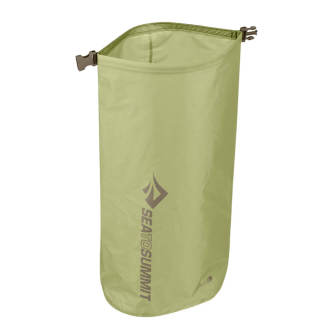
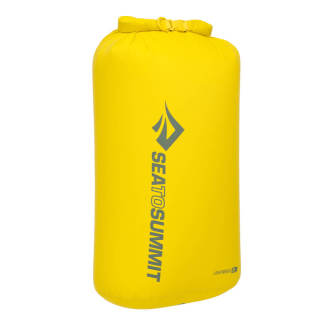
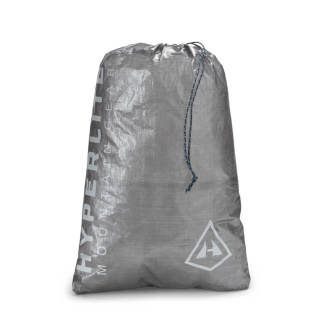
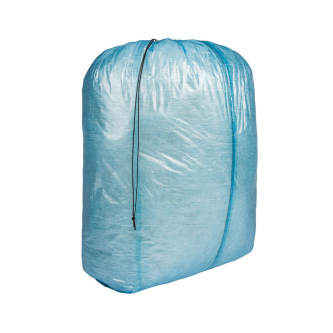
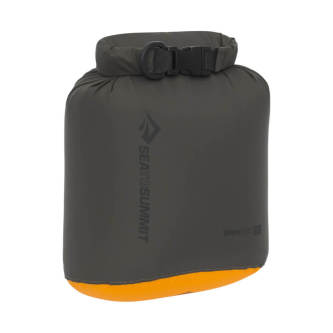
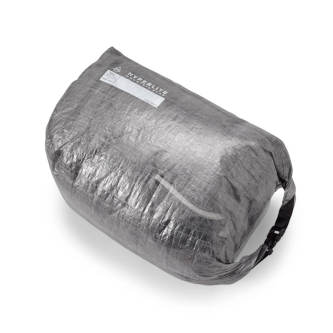
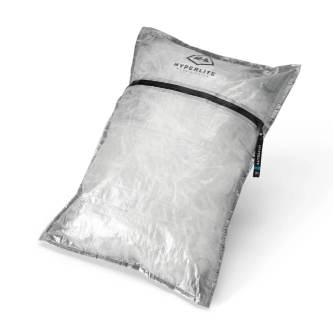
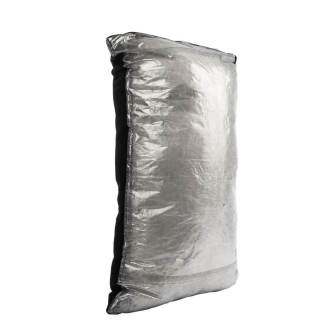
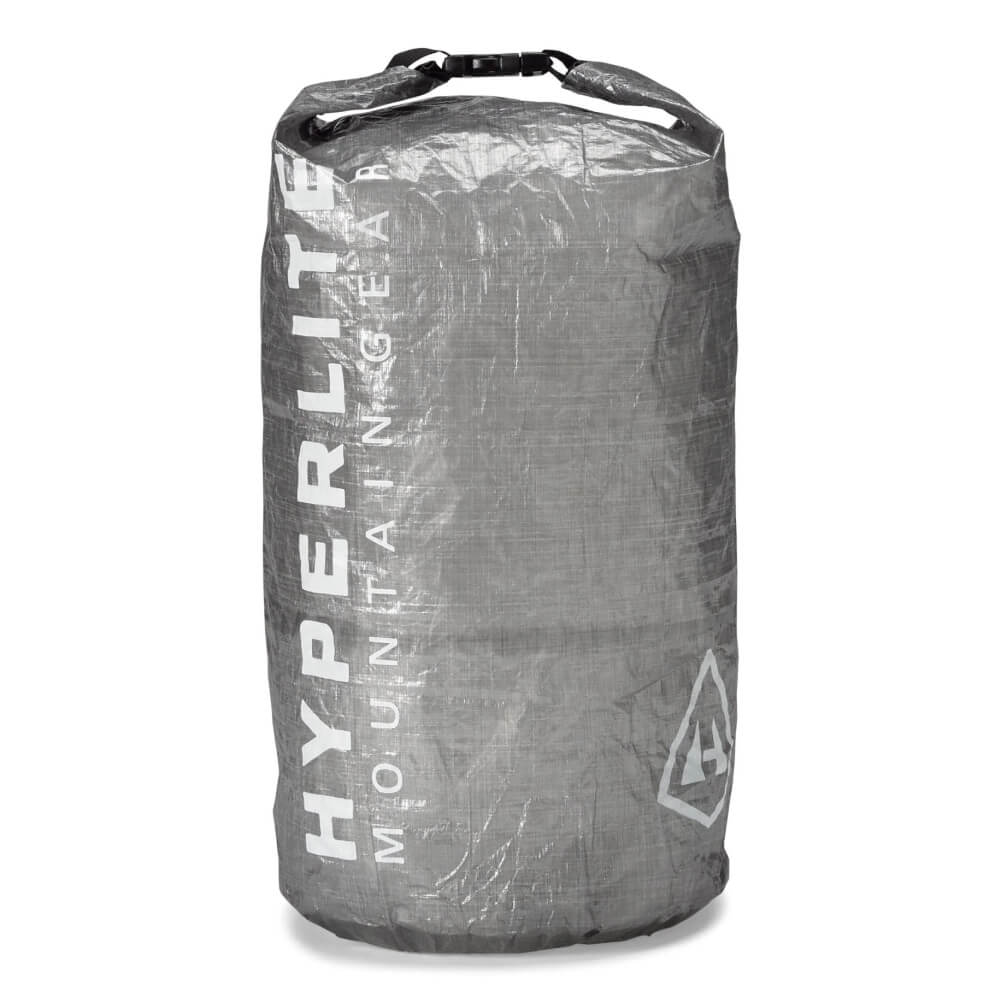
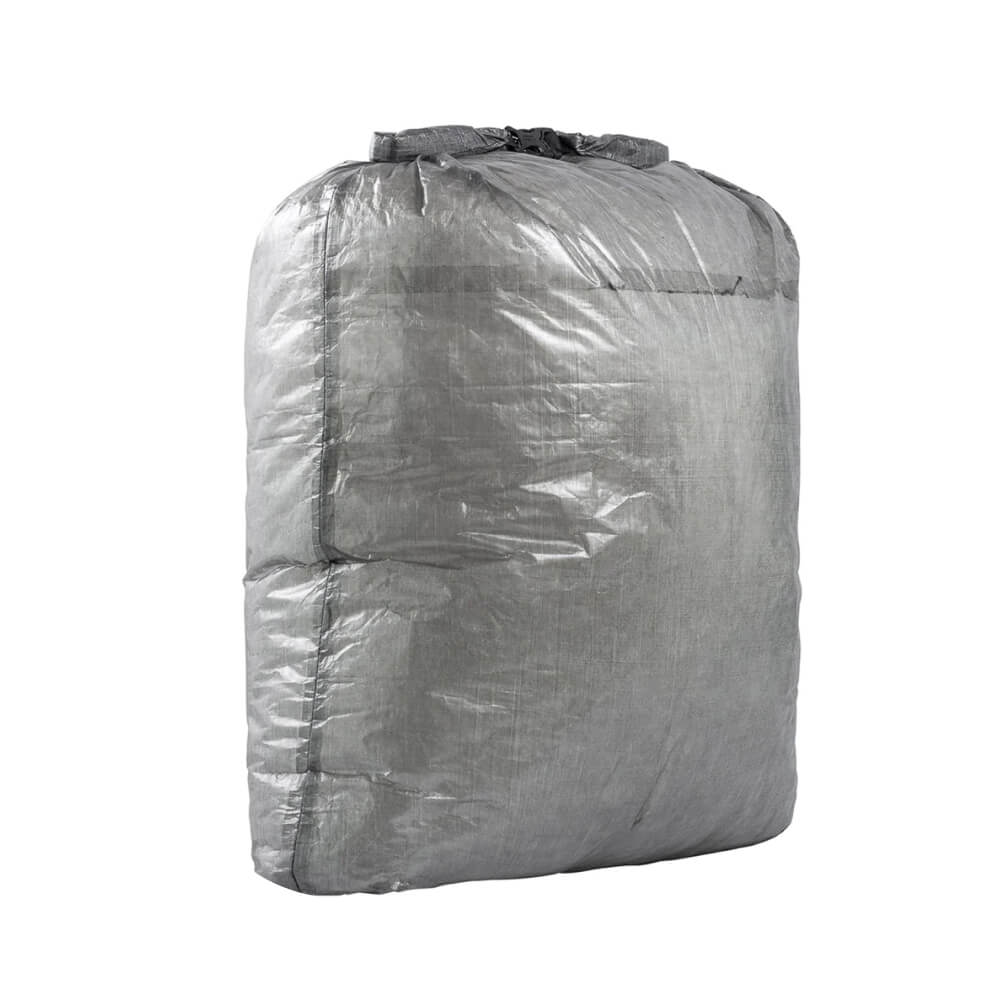
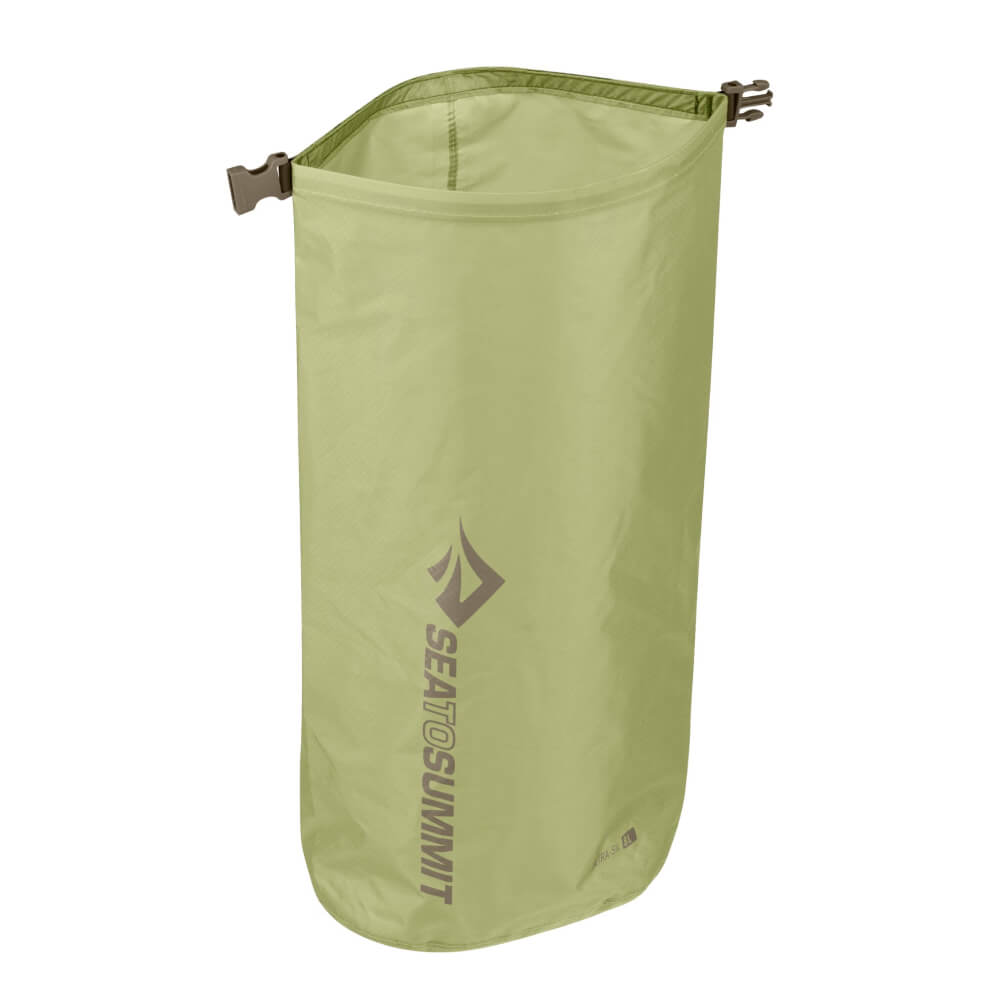
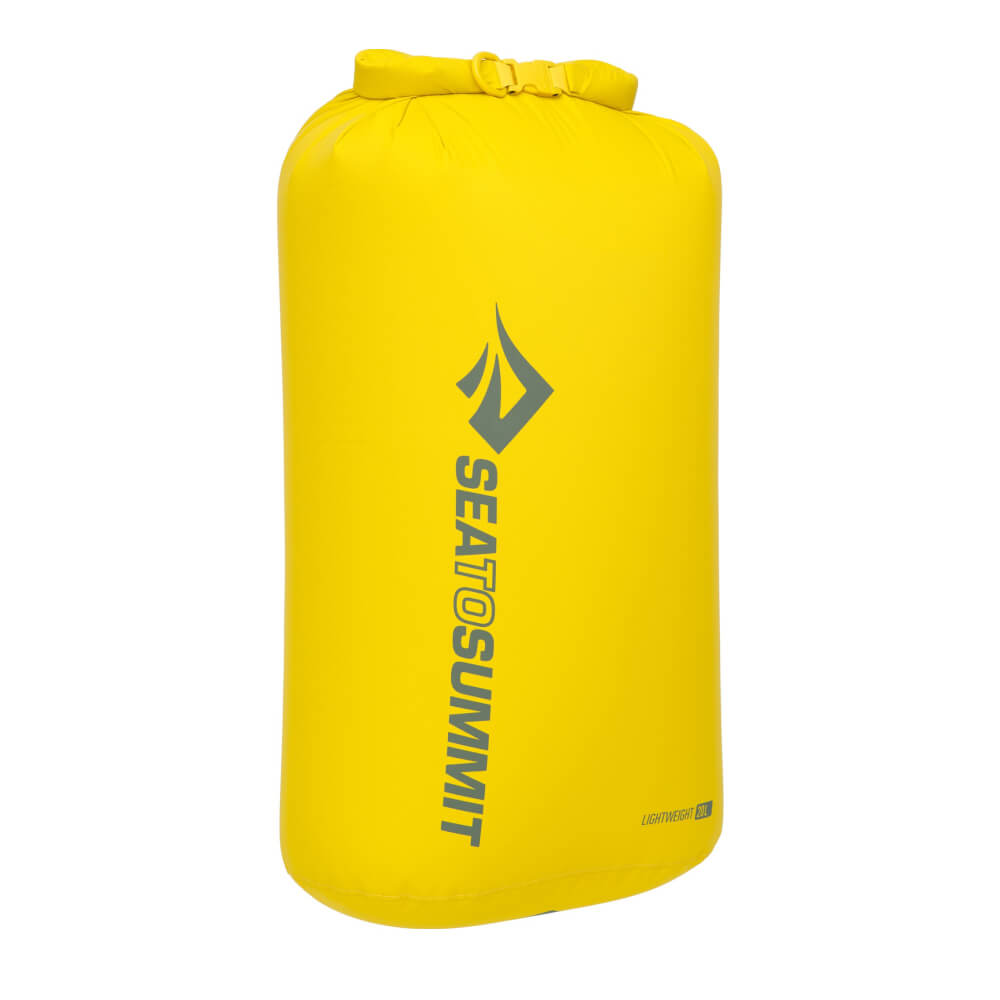
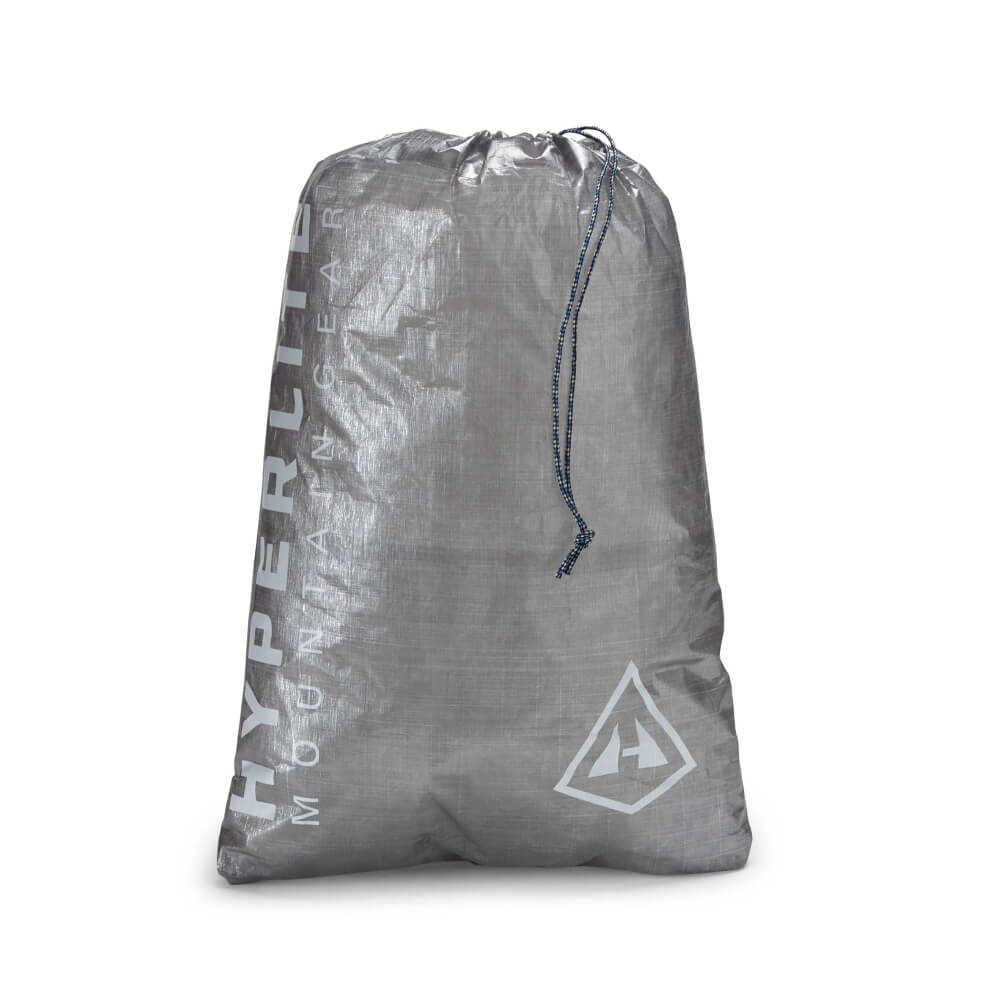
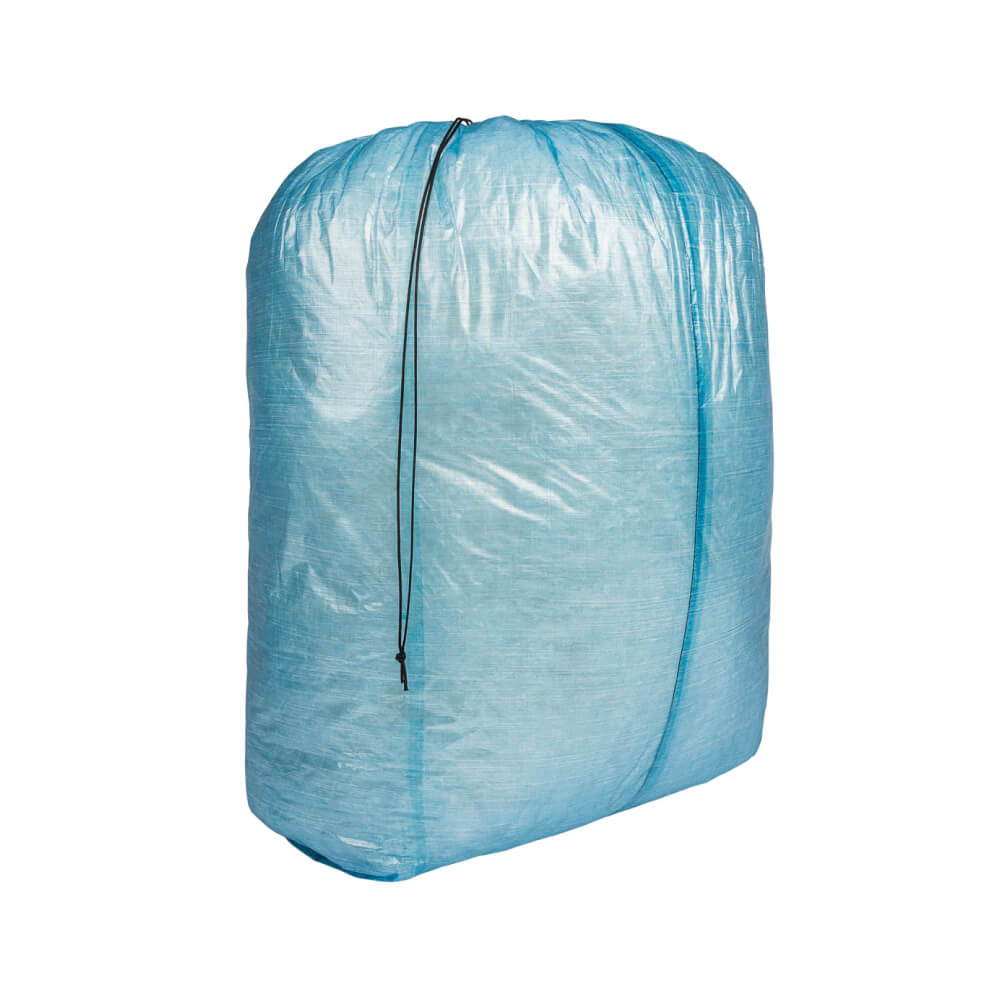
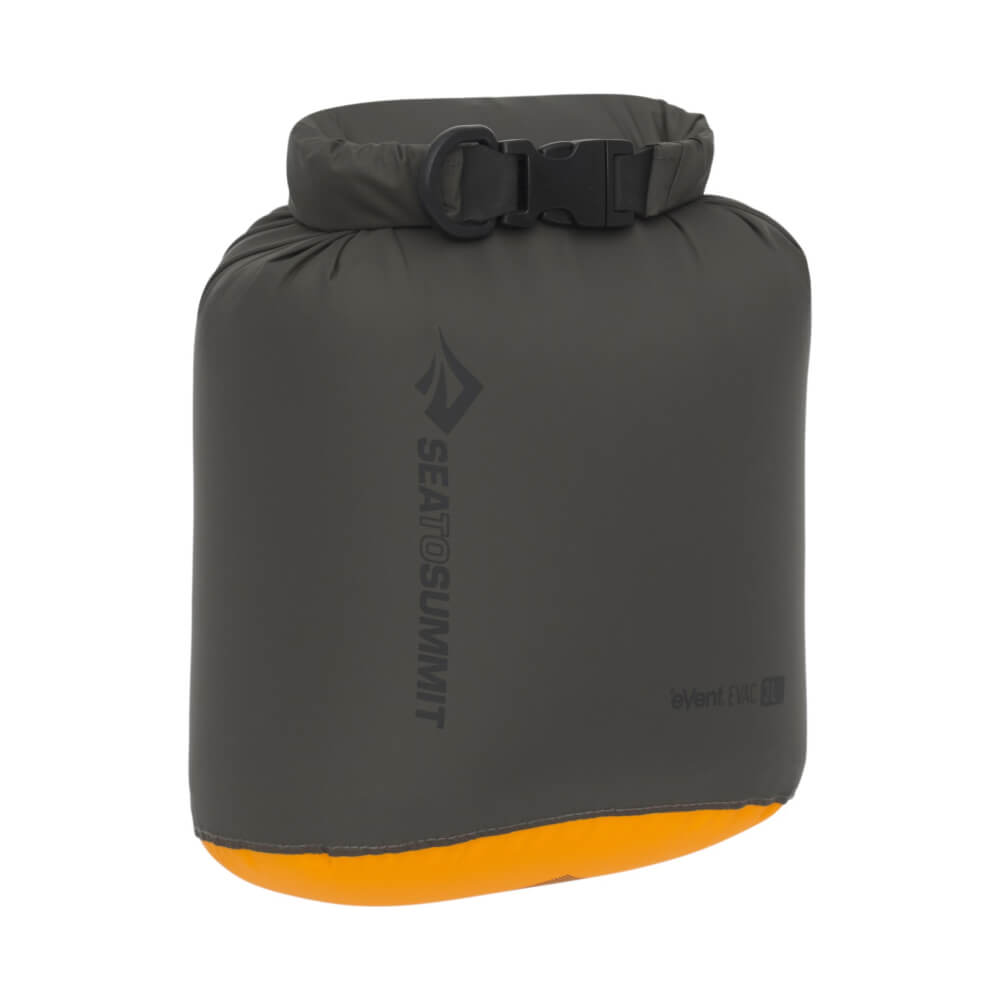
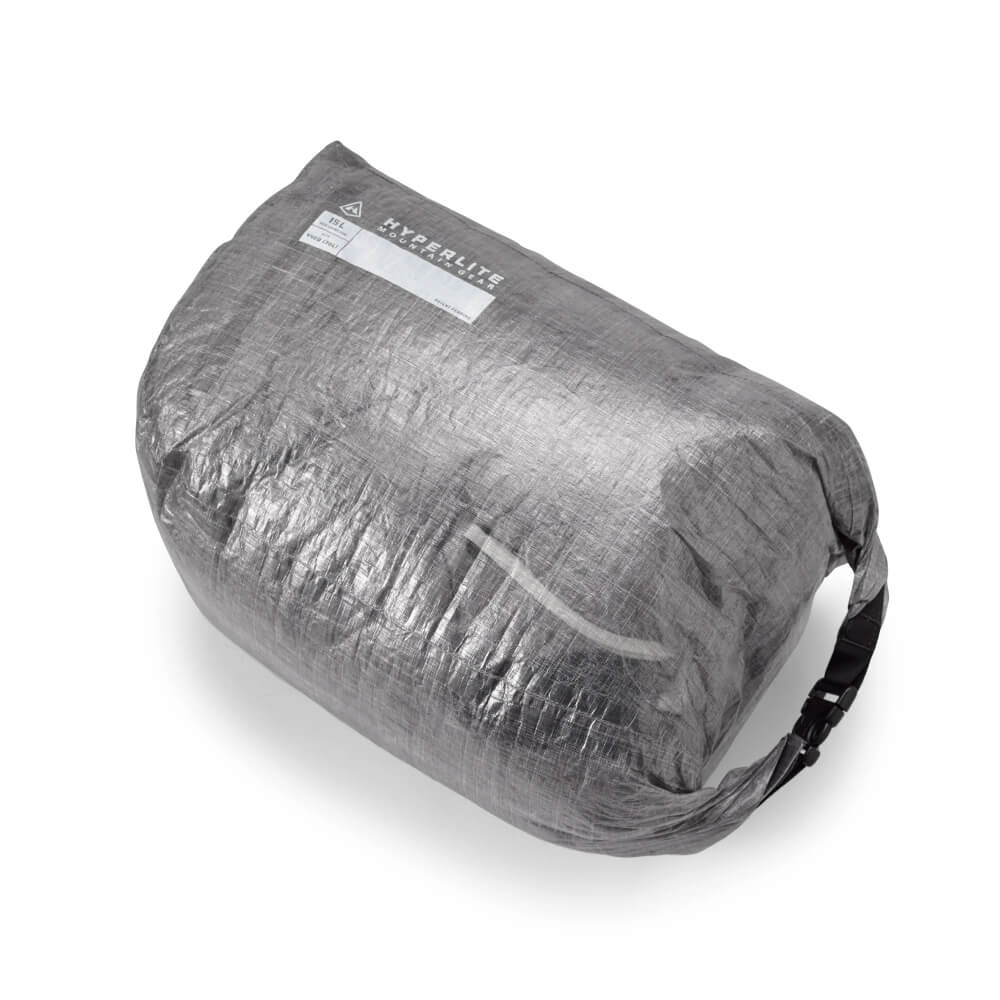
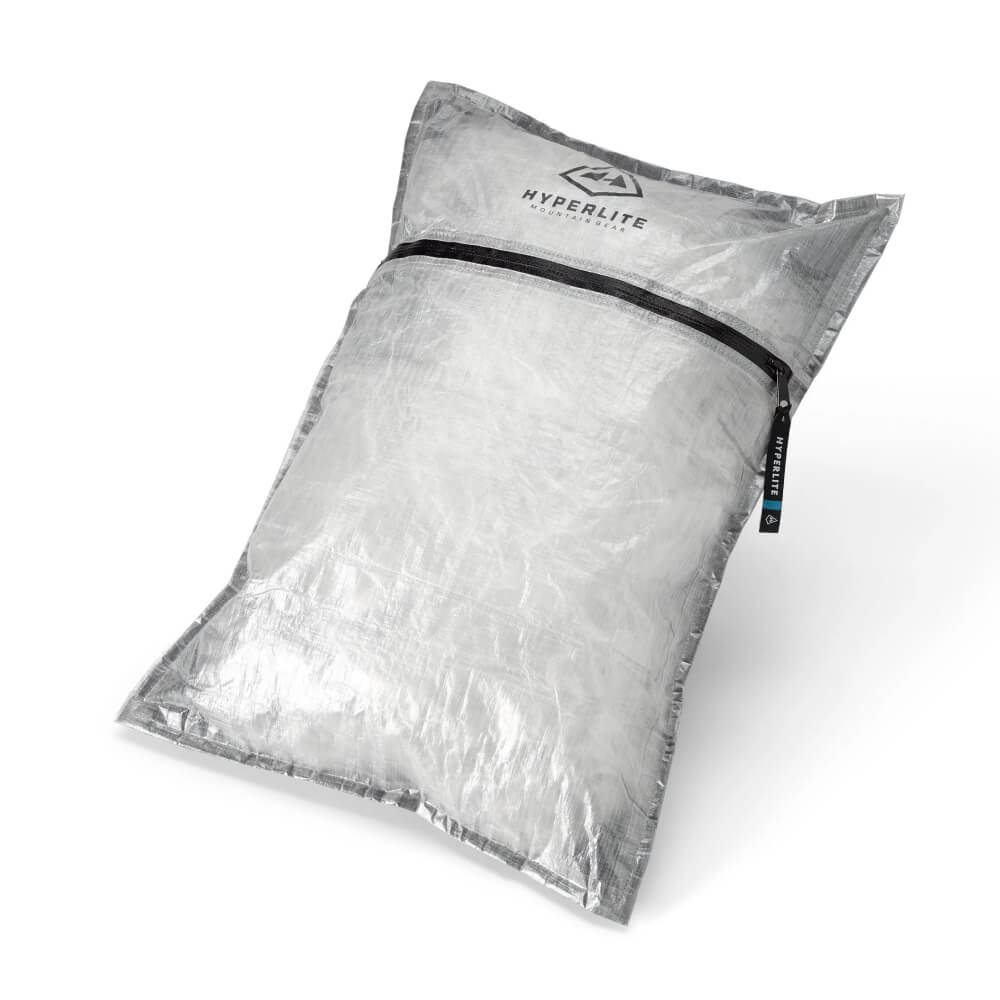
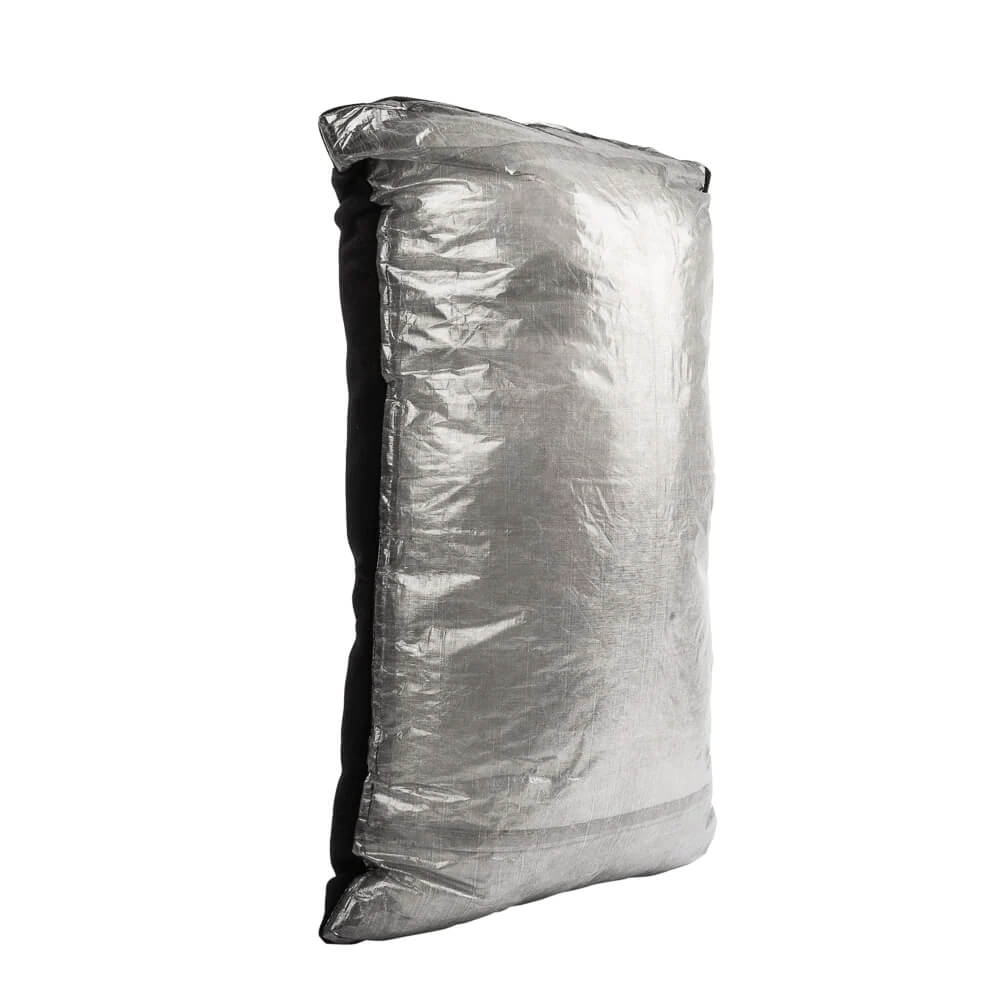
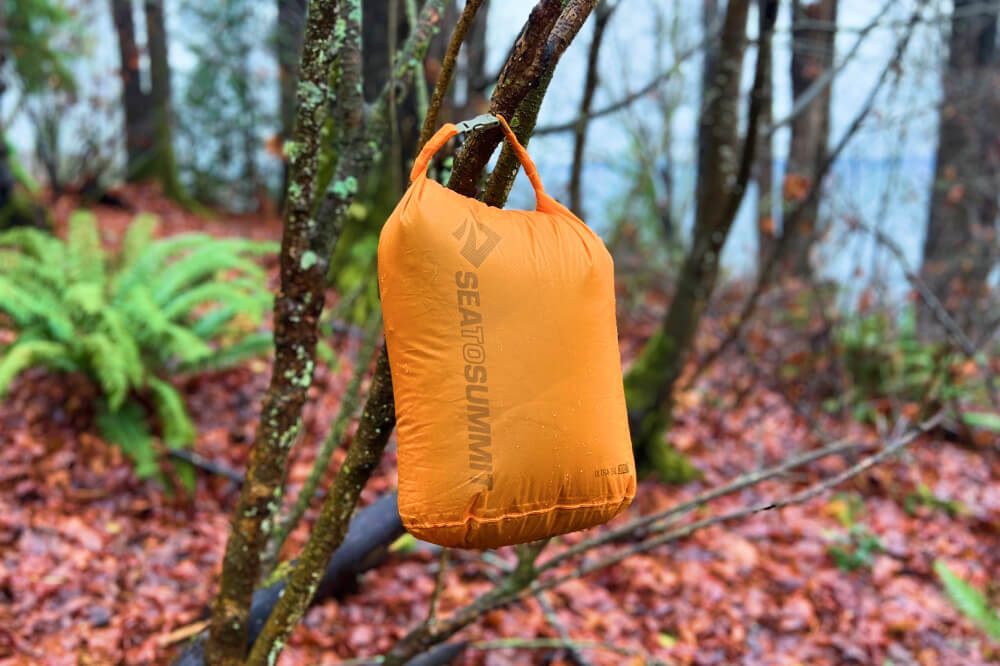


Leave a Reply
Want to join the discussion?Feel free to contribute!